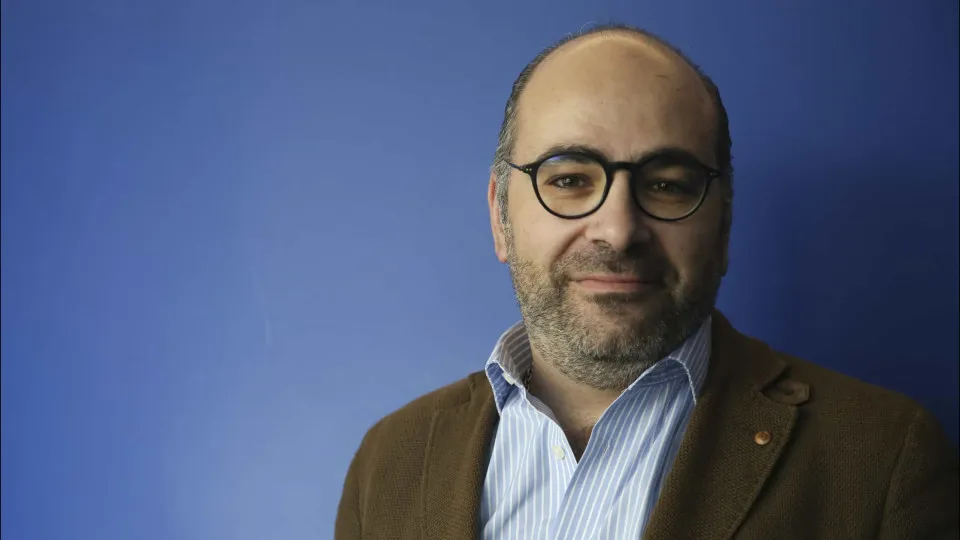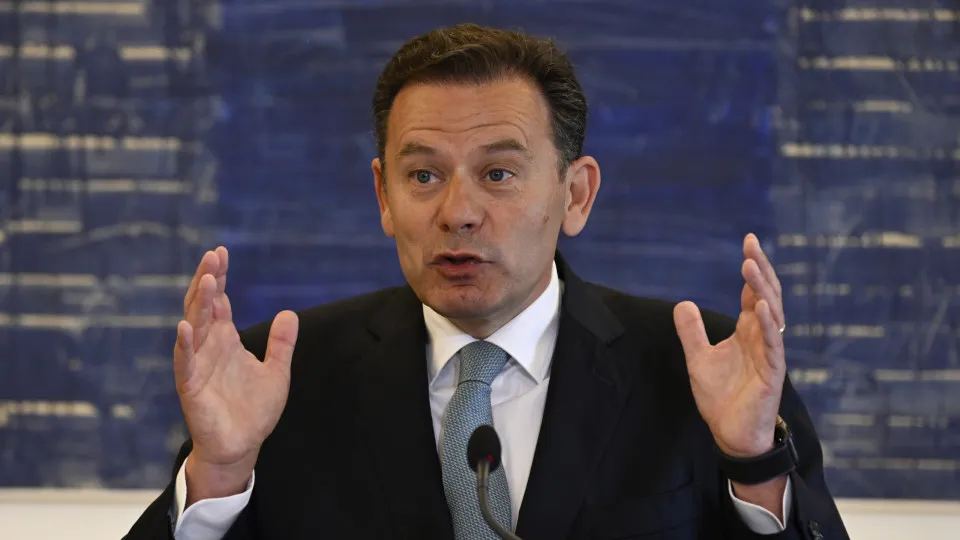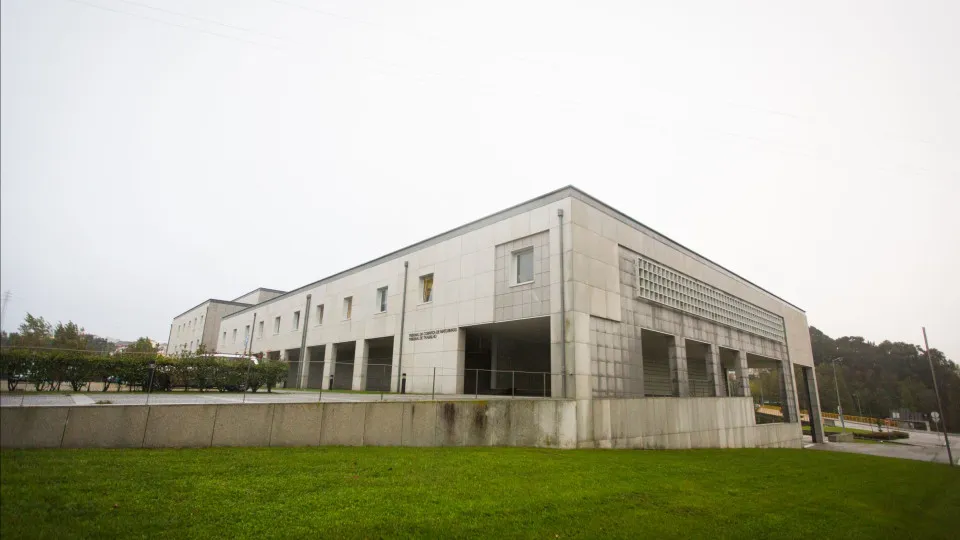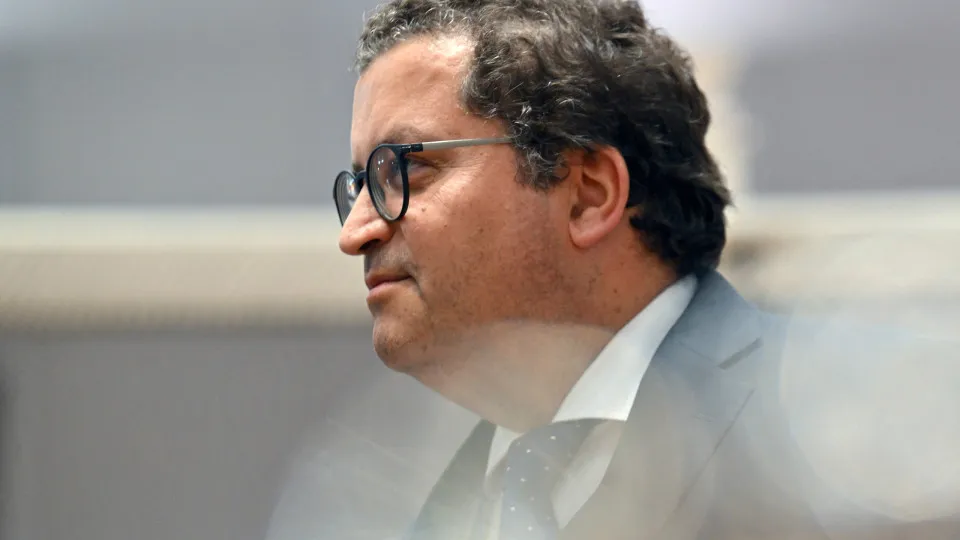
“I am not a commentator, so it is not my role to comment. My duty is to manage public interest, and this evaluation will be done from a legal perspective,” stated Miguel Pinto Luz today to journalists at the opening of the XIII Urban Rehabilitation Week, held at the Casa da Arquitetura in Matosinhos, Porto district.
Miguel Pinto Luz was asked about the seriousness of the situation where the consortium AVAN Norte (comprising Mota-Engil, Teixeira Duarte, Alves Ribeiro, Casais, Conduril, and Gabriel Couto) signed a concession contract on July 29 that includes a station at Santo Ovídio in Gaia and a combined road-rail bridge, but later submitted a proposal for a station at Vilar do Paraíso and two separate crossings.
The proposal was initially evaluated by the government, and a change was requested as a part of the terms of reference, part of the optimization of solutions included in the contract,” he explained, adding, “the legal evaluation will be conducted by those knowledgeable about the issue, and the government will make a decision in the end.”
The minister emphasized the significance of this investment, noting that “an investment of this magnitude is not just for Gaia, or Porto, or Matosinhos, or even the Porto Metropolitan Area,” given “the national interest” and “other interests at play,” especially concerning the municipalities.
Miguel Pinto Luz highlighted the need “to consider what mobility systems exist to serve that station: the metro, the mobility of Porto Metropolitan Transport, and others that might facilitate commuter movements into the high-speed network.”
“All of these factors will be put on the table when we make a decision,” Miguel Pinto Luz remarked, adding that “the first to be informed will, of course, be the municipalities, followed by journalists who will also be informed in due time with full transparency in the decision-making process.”
Persistently questioned by journalists, Pinto Luz asserted that the metro connection to the Vila Nova de Gaia station is included in both the signed proposal by the consortium and the alternative submitted in the meantime, stating, “it’s not about viability; it is a matter of necessity.”
The official reiterated that the process is under review by Infraestruturas de Portugal (IP), which “is a public company with the necessary administration, competence, and expertise required to make such decisions,” which will subsequently be presented to the government for assessment.
He further reiterated that “the government is awaiting the environmental impact assessment, the comprehensive economic-financial analysis, and the complete legal analysis.”
The public consultation for the Environmental Compliance Report on the Execution Project (RECAPE) of the high-speed line section from Porto to Oiã, generating controversy due to the proposed changes, concluded with 259 comments.
Among the main modifications to the project are alternative proposals made by the consortium regarding the Gaia station, originally stipulated in the IP contract to be in Santo Ovídio, but the consortium proposes construction in Vilar do Paraíso, with two separate bridges for road and rail, contrary to the one combined bridge outlined in the contract.
The route was also altered, reducing the tunnel component (6.3 kilometers) from the preliminary study’s forecast (11.4 kilometers), resulting in surface impacts, with projected demolitions totaling 236, comprising 185 residences and 45 businesses. Among these, at least 136 demolitions are in Vila Nova de Gaia and Porto, comprising 109 residences and 27 businesses, according to Lusa calculations.
The planned location for the Gaia high-speed station and the combined road-rail bridge over the Douro, which the construction consortium seeks to alter, has been established since September 2022 during the project’s initial presentation.
The European Investment Bank asserted in September to Lusa that it financed the high-speed line based on the proposal complying with the public tender specifications, whereas the winning consortium seeks changes post-concession signing.




